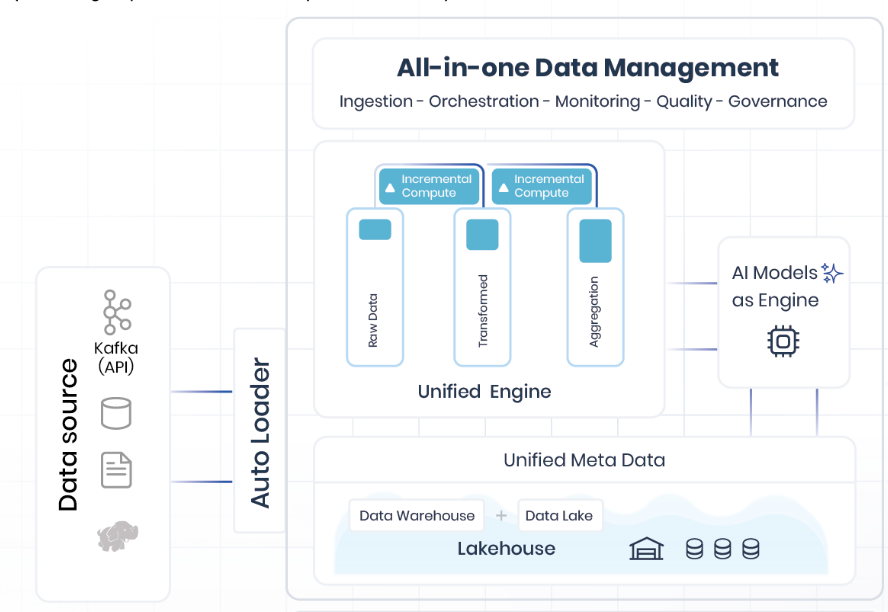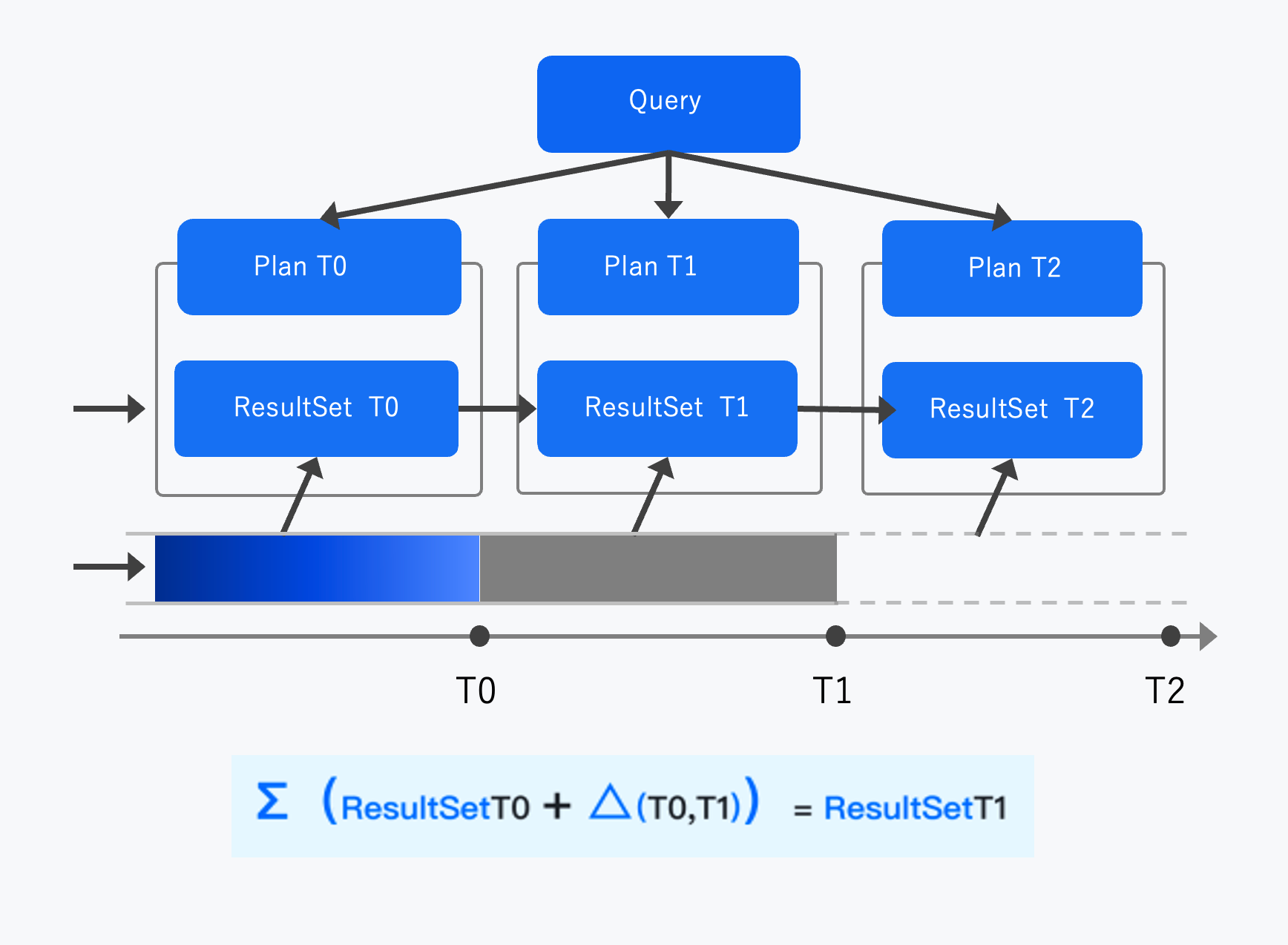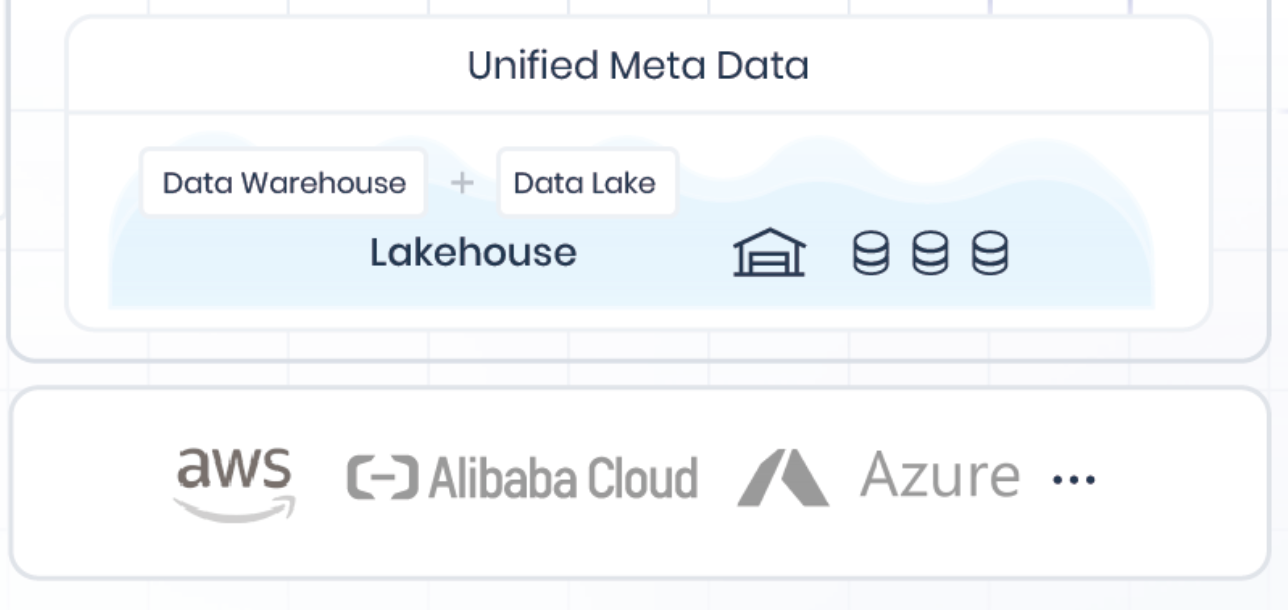All-in-one Data Management
Experience the capabilities of Singdata Lakehouse for your all-in-one data management needs. This comprehensive data management solution delivers exceptional performance, scalability, and flexibility.
Comprehensive Process Coverage
Data Ingestion
Methods and Tools
With Singdata Lakehouse, you can use various methods to bring data into the system. Tools like APIs, connectors, and Auto Loaders streamline this process. These tools ensure that data flows smoothly from different sources into the platform.

Data Processing
Techniques and Technologies
Data processing transforms raw data into valuable insights. Techniques like batch processing and real-time analytics help achieve this. Technologies such as AI models enhance processing capabilities. The unified engines allow you to optimize services and personalize customer experiences.
Real-time vs Batch Processing
Choosing between real-time and batch processing depends on your needs. Real-time processing provides immediate insights, which is vital for time-sensitive decisions. Batch processing handles large volumes of data at scheduled intervals. Each method offers unique benefits. Singdata lakehouse provides a converged solution to process one data pipeline, and let the user decide which model of processing should be applied.
Data Source Integration
Connecting Diverse Sources
Data source integration is a vital part of all-in-one data management. You need to connect diverse sources to gather valuable insights. APIs and Connectors play a significant role here. They help you link different systems and platforms. These tools ensure seamless data flow across your organization. Singdata Lakehouse offers robust APIs and connectors. This feature allows you to integrate various data sources effortlessly.
Handling both structured and unstructured data can be challenging. Singdata Lakehouse excels in this area. The platform manages different data types efficiently. You can store, process, and analyze data without hassle. This capability enhances your data management strategy. The system adapts to your needs, providing flexibility and scalability.
Data Quality and Consistency
Maintaining data quality and consistency is crucial. Singdata Lakehouse provides advanced data management & validation tools. These advanced tools ensure the validation of data processing workflows and maintain data integrity throughout the entire pipeline.
Error handling is another essential aspect. You need a system that manages errors efficiently. Singdata Lakehouse offers robust error-handling features. These features detect and resolve issues quickly. You can focus on strategic initiatives without worrying about data errors. The platform's capabilities improve overall data management.
Unified Engine
Centralized Processing
A unified engine brings many benefits to your all-in-one data management. You get a streamlined approach that combines real-time and offline data streams. This integration enhances data processing performance and timeliness.
In a nutshell, the innovative incremental compute technology plays a critical role in seamlessly integrating batch and real-time processing.

Singdata Lakehouse offers pay-as-you-go resources. Automatic elastic scaling reduces maintenance costs and manual efforts. High-concurrency, low-latency compute clusters improve efficiency.
Performance Optimization
Performance optimization is crucial in data management. Load balancing plays a key role. It distributes workloads evenly across resources. This ensures smooth operation and prevents bottlenecks. Your system remains responsive even during peak times.
Resource management is another vital aspect. Efficient use of resources reduces costs and boosts productivity. Singdata Lakehouse provides tools for effective resource allocation. You can monitor and adjust resources as needed. This flexibility supports growth and innovation in your organization.
Lakehouse Architecture

Combining Data Lakes and Warehouses
Advantages of Lakehouse
The Lakehouse architecture offers a unique blend of data lakes and data warehouses. You get the best of both worlds with this approach. The system provides performance, scalability, and flexibility. Singdata Lakehouse simplifies data management by merging these capabilities. You can store and analyze structured and unstructured data seamlessly. This architecture empowers your data analytics and AI/ML projects. A unified platform supports diverse data needs.
Security and Governance
Access Controls
Security is vital in data management. Access controls protect sensitive information. You need a robust system to manage user permissions. Singdata Lakehouse provides advanced access control features. You can define roles and responsibilities clearly. This ensures only authorized users access specific data. Your organization maintains data integrity and confidentiality.
Regular audits help monitor access patterns. Identifying unusual activity becomes easier. You can take corrective actions promptly. This proactive approach strengthens your data security framework. Your team focuses on strategic initiatives without security concerns.
Compliance Standards
Compliance with industry standards is essential. You must adhere to regulations like GDPR or HIPAA. Singdata Lakehouse supports compliance with built-in tools. These tools help you manage data according to legal requirements. You can track data usage and maintain records effortlessly.
Regular training keeps your team informed about compliance updates. Staying current with regulations is crucial. Your organization avoids potential legal issues. The Lakehouse architecture supports a compliant data management environment. You build trust with customers and stakeholders.
Unified Metadata
Metadata Management
Metadata management plays a crucial role in all-in-one data management. You need to ensure that metadata is organized and accessible. Cataloging and indexing help you achieve this. These processes allow you to structure metadata efficiently. Users can find the information they need quickly. A well-organized system boosts productivity and reduces frustration.
Search and discovery enhance your data management experience. You want to locate specific data without hassle. Advanced search tools make this possible. Users can explore metadata with ease. Discovering insights becomes a straightforward task. This capability supports informed decision-making in your organization.
Enhancing Data Lineage
Data lineage provides a clear view of data flow. Tracking data flow helps you understand how data moves through the system. You can identify sources and destinations easily. This transparency ensures accountability in data management. Users gain confidence in the accuracy of their data.
Impact analysis assesses changes in data processes. You need to know how modifications affect the system. This analysis highlights potential risks and benefits. Users can make informed choices about data management strategies. The ability to predict outcomes enhances strategic planning.
The unified metadata approach in all-in-one data management strengthens your data strategy. You gain control over metadata and data lineage. This control leads to better data governance and compliance. Your organization benefits from improved efficiency and reliability.
Scalability and Flexibility
Adapting to Growth
Horizontal and Vertical Scaling
Scaling your data management system is crucial for growth. Horizontal scaling involves adding more machines to handle increased load. This method helps when you need to distribute tasks across multiple servers. Vertical scaling means upgrading existing machines with more power. This approach suits when you want to enhance performance without adding new servers. Both methods offer unique benefits. Choosing the right one depends on your specific needs.
Cloud vs On-premise Solutions
Deciding between cloud and on-premise solutions impacts scalability. Cloud solutions offer flexibility and easy access. You can scale resources up or down based on demand. This option reduces the need for physical infrastructure. On-premise solutions give you control over hardware and security. This choice suits organizations with specific compliance needs. Weighing the pros and cons helps in making an informed decision.
Singdata Lakehouse offers a powerful data management solution. You gain benefits like improved efficiency, scalability and flexibility. Atlas has seen success by integrating this platform into its operations. The company now leads in data-driven innovation within the travel industry. Modern organizations can achieve similar results with this system. The future of data management looks promising. Singdata Lakehouse provides the tools needed to stay competitive. Your organization can unlock new growth opportunities and deliver enhanced value. Embrace this technology to drive success and innovation for years to come.

